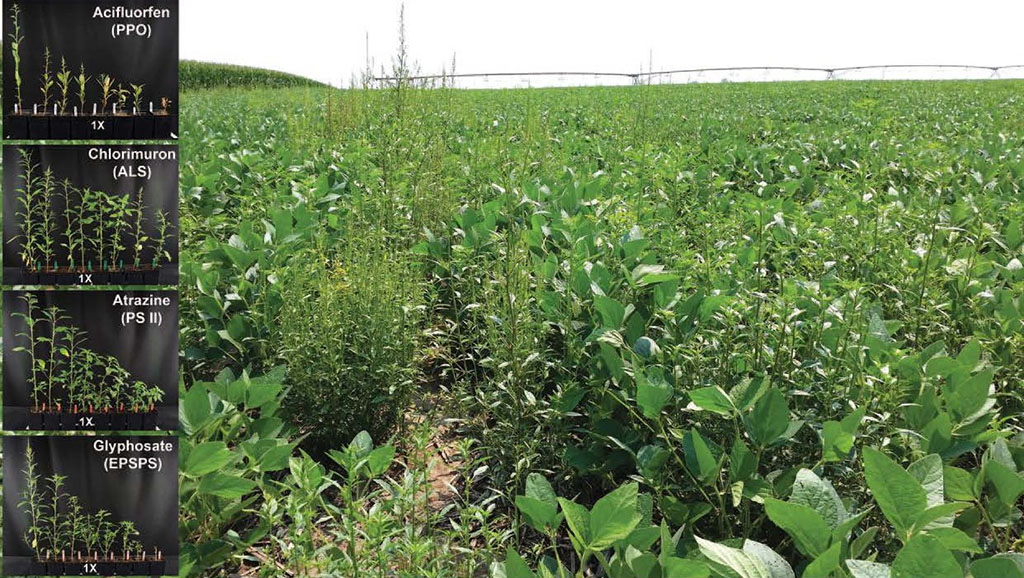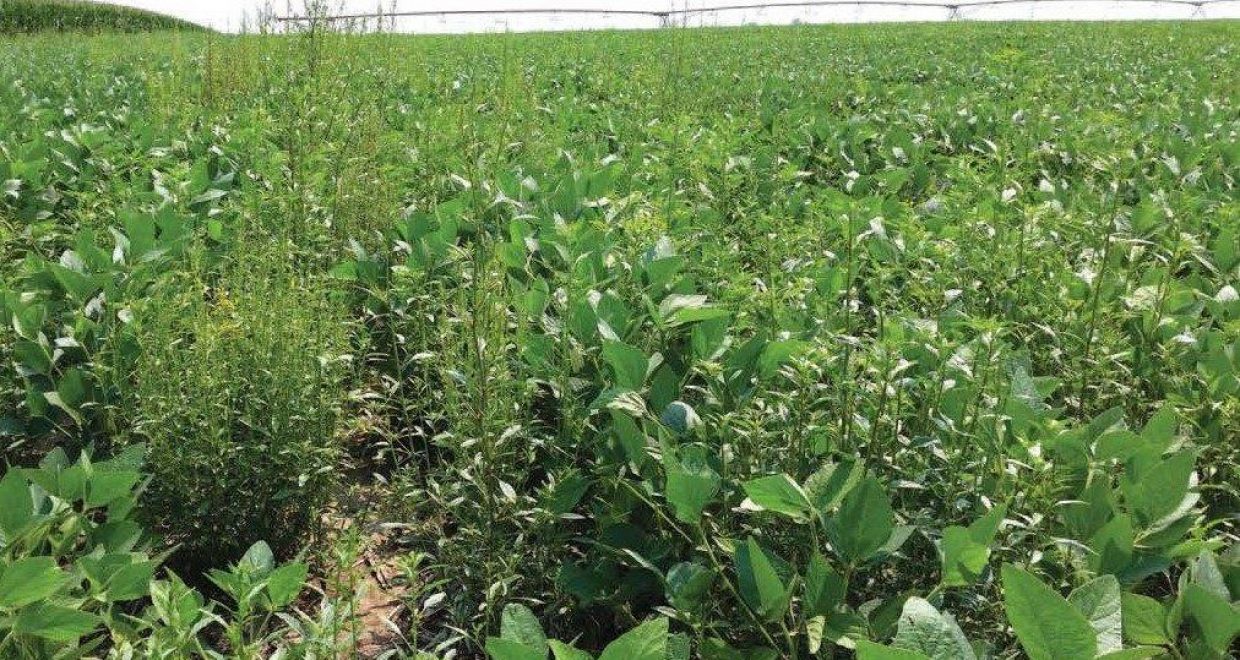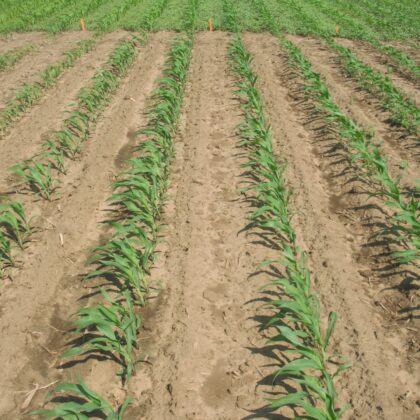No Effective Post-Emergent Herbicides for Waterhemp?
Corn and soybean growers in Nebraska are now facing their worst nightmare. A research study featured in the journal Weed Science shows a population of waterhemp has evolved resistance to four distinct herbicide sites of action – including PPO inhibitors, ALS inhibitors, EPSPS inhibitors and PS II inhibitors.
That means there now are NO effective post-emergent herbicide choices for controlling herbicide-resistant waterhemp in either glyphosate-resistant or conventional crops.
Researchers say the culprit is a mutation in waterhemp’s PPX2L gene. Dose-response studies showed a four- to six-fold resistance to PPO-inhibiting herbicides, a three-fold resistance to EPSPS inhibitors (glyphosate) and a seven-fold resistance to atrazine (a PS II inhibitor). What’s more, when the ALS inhibitors chlorimuron and imazethapyr were applied at 32 times the label application rate, they achieved less than an 80 percent reduction in the aboveground biomass of the resistant waterhemp biotype.
For sustainable weed control, growers will need to diversify and use both cultural and mechanical controls to complement the use of chemicals.
Want to know more? Read “Protoporphyrinogen Oxidase (PPO) Inhibitor-Resistant Waterhemp (Amaranthus tuberculatus) from Nebraska is Multiple Herbicide-Resistant: Confirmation, Mechanism of Resistance, and Management” in volume 67, issue 5 of Weed Science . The article will be available for free for a month.







